It might sound ridiculous but people are dyeing their pubic hair because it is one of the latest trends of grooming intimate hair. People are giving up on Pubic hair removal and experimenting with new methods to flaunt it.
The reason varies from person to person. Some just want to style it creatively as they do with their scalp hair, while others want to hide the gray pubic hair.
However, the vagina is a sensitive part of the body with delicate skin which makes people a little suspicious about the long-term safety of dyeing pubic hair. Therefore, let us find out “Can you dye pubic hair”, how to dye pubic hair, and whether it is safe.
Table of Contents:
- Part 1: Can You Dye Pubic Hair?
- Part 2: 2024 Trends of Pubic Hair Changing Color
- Part 3: How to Dye Pubic Hair?
Part 1: Can You Dye Pubic Hair?
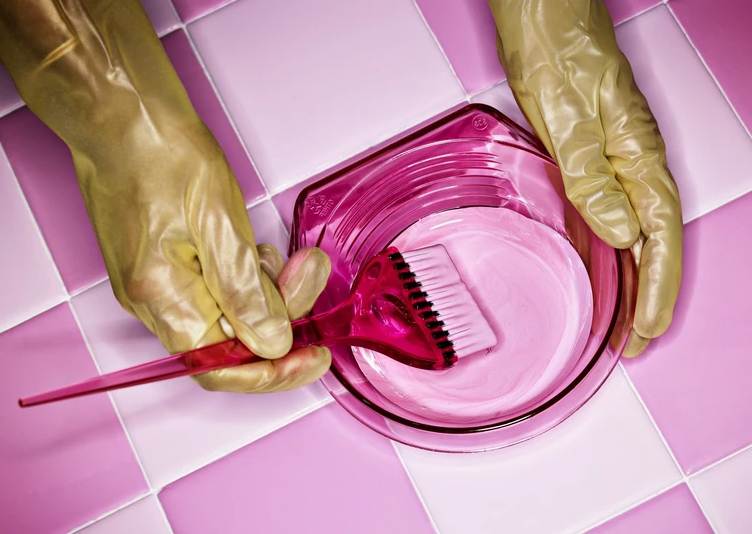 Theoretically speaking, yes, you can dye your pubic hair just like you dye your scalp here. But the real question is if it is safe to dye the pubic hair and if yes what precautions can you take to ensure a safe and comfortable experience?
Theoretically speaking, yes, you can dye your pubic hair just like you dye your scalp here. But the real question is if it is safe to dye the pubic hair and if yes what precautions can you take to ensure a safe and comfortable experience?
If we talk about the safety of dyeing pubic hair, let us tell you that the pubic area is one of the most sensitive areas in your body. In addition to being sensitive, it is directly in contact with your reproductive organs and has a particular pH where some bacteria live. Therefore, you have to be cautious while considering a hair dye for the pubic region.
Now, let us talk about hair dyes. These are mainly designed for the scalp hair and tested on the scalp as well. The scalp has thick skin with no mucous membrane of bacteria. Also, the dyes are made of ingredients like peroxide and ammonia that can alter the pH of the skin and maybe the mucous membranes of the vagina.
Therefore, using regular hair dye on your vagina can give way to infections by changing vaginal pH. Moreover, such dyes can damage the thin and delicate pubic skin and give you allergies.
Then, what to do if you want to dye the pubic hair, and how are people dyeing it already? Well, the answer is using hair dyes made specifically for and tested on the pubic region. One example of such dyes is Betty Beauty.
Furthermore, no matter which dye you use, test it out first before going all in. Do a patch test on a small section of the pubic hair to see how your body reacts. If it does not irritate the skin or make it hypersensitive, you can go on with dyeing pubic hair.
Lastly, carefully apply the dye on the part that has hair and ensure that it does not come in contact with the opening of the vagina, anus, scrotum, and penis. Also, if you do not want to do it, you can simply get rid of the pubic hair permanently at home.
Part 2: 2024 Trends of Pubic Hair Changing Color
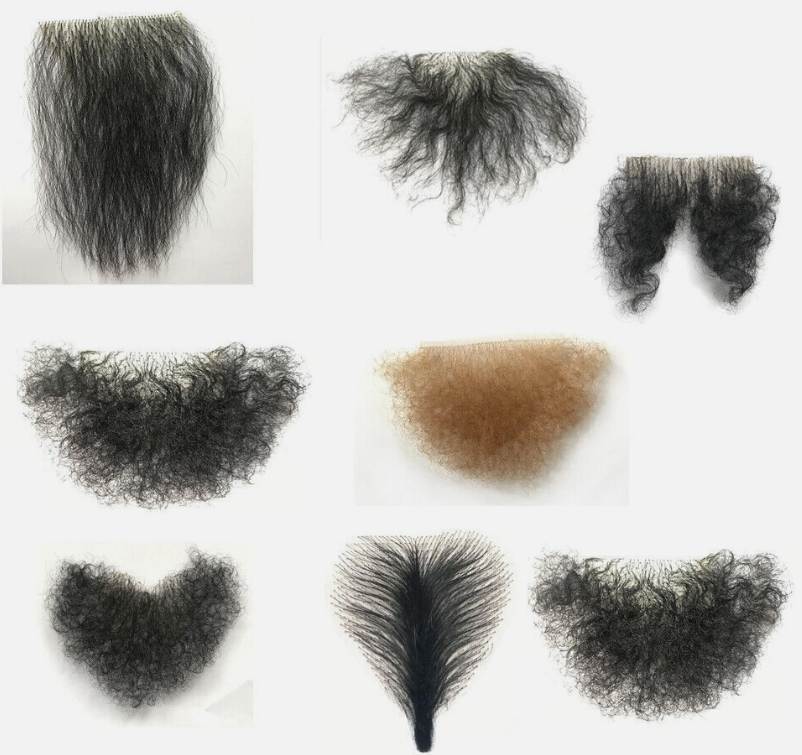 As ridiculous as it seems, as trendy it is. Someone just tried out coloring his pubic hair and bragging about it on the internet for fun in 2018. Who knew people would follow it and take an active part in this fun activity over the years?
As ridiculous as it seems, as trendy it is. Someone just tried out coloring his pubic hair and bragging about it on the internet for fun in 2018. Who knew people would follow it and take an active part in this fun activity over the years?
Starting just as a creative method of accepting natural pubic hair, pubic hair dyeing became one of the most popular methods of grooming pubic hair. Initially, people just colored their pubes to match the scalp hair color. But right now, they are doing much more than that.
They are trying diverse colors, patterns, and designs in pubic hair dyes. Some are flaunting their blue, green, red, yellow, pink, or purple Bikini lines while others carefully show their creations by dyeing pubic hair in two or more colors in specific patterns like hearts, polka dots, and stripes.
Regardless of the pattern and color, everyone is taking care to use natural dyes so that their fun activity does not ruin their intimate regions.
So, if you also want to dye your pubic hair, it is the right time as summer is just around the corner and you will be able to wear a bikini and create your pubic hair dye look.
Part 3: How to Dye Pubic Hair? Step-By-Step Guide
Guide on Dyeing Pubic Hair
Here is a step-by-step guide for you on how to dye your pubic hair at home without sensitizing your skin or changing vaginal pH and other side effects.
-
- Buy a Natural Hair Dye: Most hair dyes are made of chemicals and ammonia, which is unsuitable for use in intimate areas because of their properties to burn the thin pubic skin and increase its pH. Therefore, always buy a dye that won’t harm your skin., search for a natural or intimate area-specific hair dye.
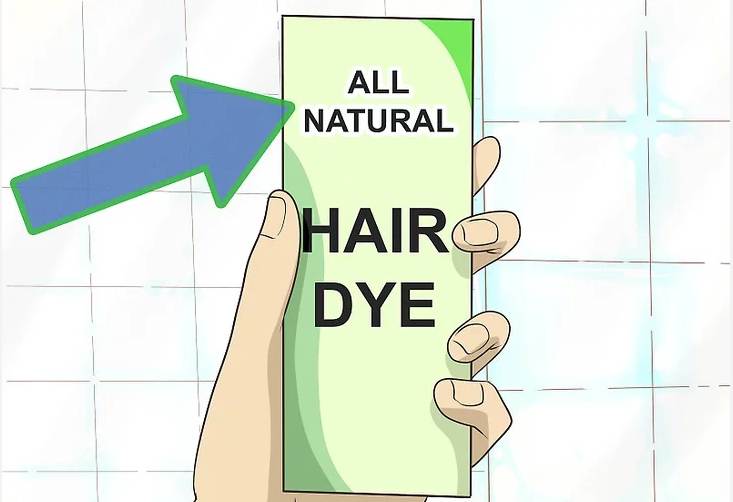
-
- Get Some Vaseline: In addition to natural hair dye, buy some Vaseline, which will provide your skin with additional protection. So, before starting, cover your labia, vulva, scrotum, and labia with a thin layer of Vaseline.
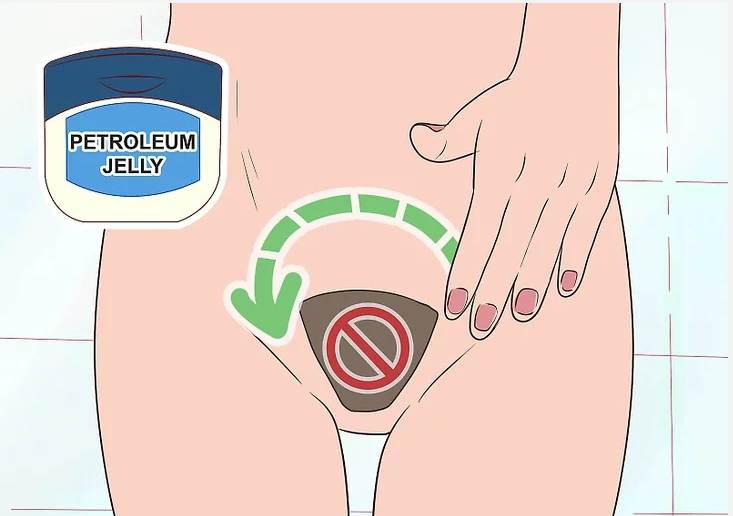
-
- Collect the Essential: Once you are done covering the sensitive areas, let the Vaseline settle down. Meanwhile, collect the hair color, a mild shampoo, gloves, a washcloth, and a brush in one place.
- Mix the Hair Color: Take a small bowl and put both tubes of hair dye in it. Use the quantity appropriate for your hair in the ratio instructed in the user manual. Then, mix it well with the brush.
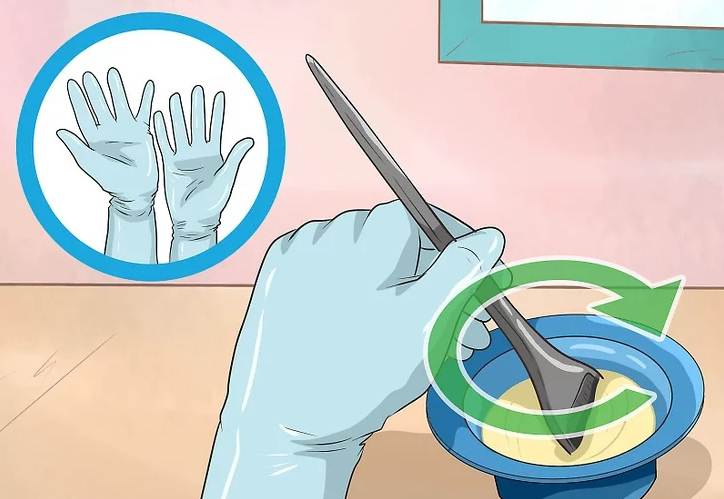
-
- Add Some Shampoo: once your hair color mixture is ready, add an equal amount of shampoo to the mixture and mix it again uniformly. This is done to dilute the high concentration of chemicals in the dye if you use a scalp hair dye.
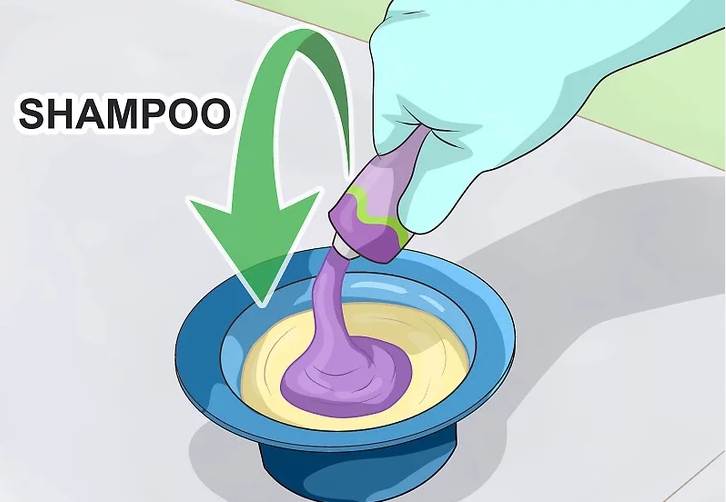
-
- Cover Your Hands: You won’t want the hair dye on your hands, so Wear plastic gloves. This way, your hands will not come in contact with the color.
- Put it on Your Pubes: Take some of the dye on a brush and apply it on your pubic hair strands so that the whole length of the hair is covered but your skin is untouched. Also, avoid getting it on the mucous membranes and sensitive skin of intimate areas even if you have used Vaseline to protect them.
- Wait, Wait, and Wait: Once you have applied the dye to your pubic region, wait for 15 to 30 minutes. You can check the package of the dye to find out how long you should let it sit.
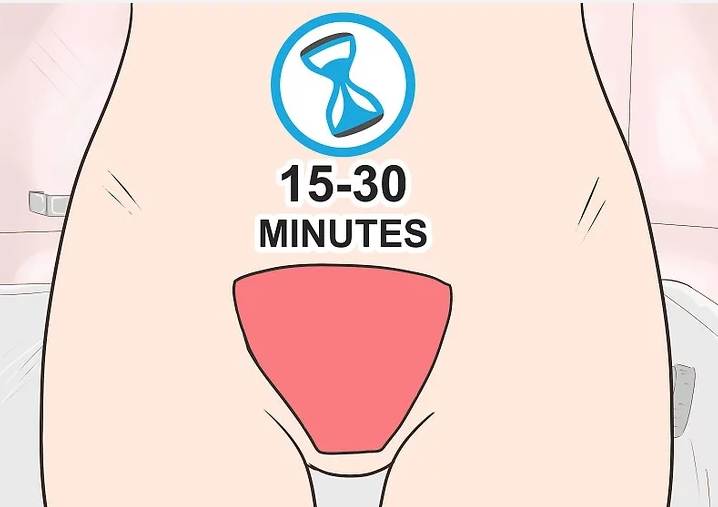
-
- A Patch Test: Remove a small amount of dye to see if you are satisfied. If not, keep it on for another 5 minutes.
- Wash it with Lukewarm Water: Get a washcloth, go under the shower, and wash the hair dye off your pubes.
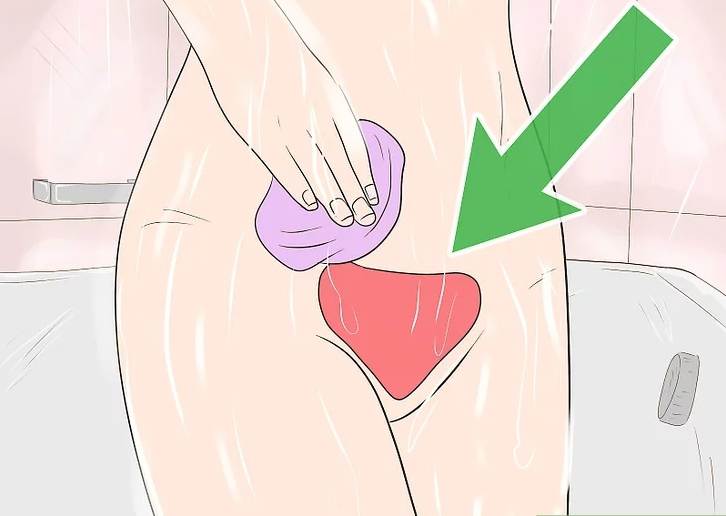
- Clean the Excessive Dye: Remove the excessive hair dye from the skin of your bikini lines by using witch hazel, sea breeze, or any other astringent.
Safety Measures and Precautions
Let us sum up the important safety precautions for dyeing pubic hair for you here.
- No Harsh Chemicals: Do not use harsh hair dyes made for scalp hair on the pubes.
- No Contact with Your Skin: Always prepare your sensitive skin with Vaseline so that only hair is colored and there is no damage to the skin.
- Always a Patch Test: A patch test 24 hours before the treatment can save you from a lot of trouble of using the wrong color, applying it for the wrong duration, or even identifying any allergies.
- No Contact with Genitals: Keep your genitals off-limits when it comes to using hair dyes.
- Go for Professional Salons: If you are not too sure about doing it yourself, you can also get it colored professionally.
Conclusion
First, you really need to embrace your natural pubic hair. Then, you can choose to remove it, keep it as it is, or dye it in different colors. This acceptance of pubic hair led to an increasing number of people dyeing it as an experiment or careful choice.
In addition to people doing it themselves, salons also offer pubic dyes in their manuals to help people complete their look without hassle. So, you have many options if you plan on dyeing your pubic hair.
Always remember that what you do with your body should be your choice while ensuring the treatment’s safety and keeping the treatment’s effects in mind.

 By myulikeadmin
By myulikeadmin



